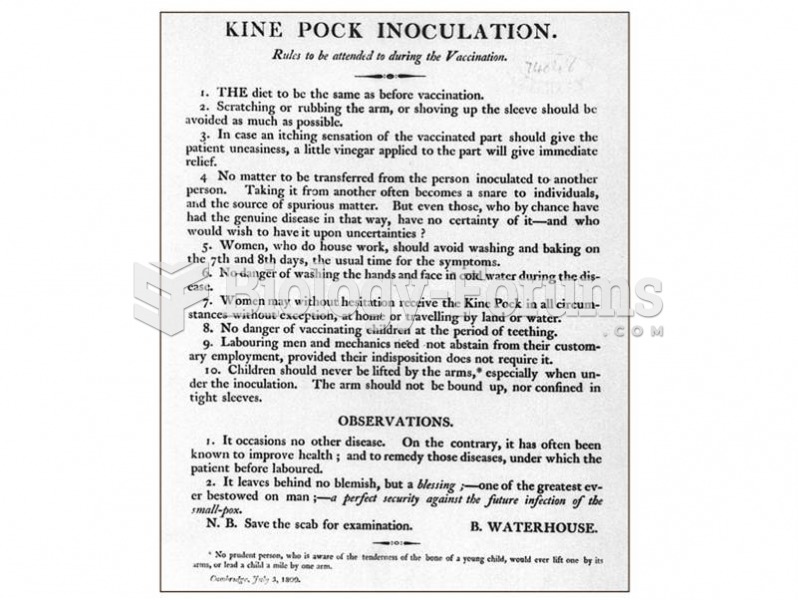Answer to Question 1
In the early days of e-commerce, entrepreneurial online retailers saw the Web as one of the largest market opportunities in the United States economy. They believed that entering the online retail market would be an easy proposition because the new marketing channel would revolutionize the retail industry. The belief was the Internet would greatly reduce both search costs and transaction costs, causing consumers to use the Internet to find the lowest prices for products. This would result in consumers being increasingly drawn to the new channel, and only the low-cost, high-service quality e-tailers would survive. Economists assumed that online consumers would be rational and cost-driven rather than brand-name and perceived-value driven.
The entrepreneurs also believed entry costs to the online retail market would be much lower than the costs to establish a physical store, and that they could be more efficient at marketing and order fulfillment than their offline counterparts. They believed they could inexpensively create compelling websites that would attract customers and that these costs would no doubt be far less than the costs of warehouses, fulfillment centers, and physical stores. They severely underestimated the costs to build sophisticated order entry, shopping cart, and fulfillment systems because they believed the technology had already been developed and furthermore with technology prices falling every year, updating and building any other necessary systems would be economical.
With search engines almost instantaneously connecting consumers to relevant online vendors, customer acquisition costs would also be negligible. As prices fell, the unwieldy and outdated offline merchants would be driven out of business and the new entrepreneurs of the efficient online marketplace would take over. Smart entrepreneurs would exploit first mover advantages to take their place at the head of the online merchant class and the old general merchandisers would be locked out of the market.
In some industries, such as apparel, electronics, and digital content, the market would be disintermediated, eliminating the traditional middlemen as manufacturers and distributors built a direct relationship with the consumer. The Web would become the dominant channel replacing the physical stores, sales clerks, and sales forces. In other industries, retailers would outsource the warehousing and order-fulfillment functions and a kind of hypermediation would occur in which many intermediaries would perform the functions for the virtual firm.
Unfortunately for many failed businesses and many investors, these assumptions did not turn out to be correct. The structure of the retail marketplace remained intact, and consumers have proven to be less price sensitive than the economists expected. In online merchandising, the importance of brand names to consumers' perceptions of quality and service has been extended rather than decreased or eliminated. The retail marketplace was neither disintermediated nor revolutionized. Although an entirely new channel emerged, it today belongs not to the pure-play, online- only, first movers, but also to the multi-channel firms with established brand names.
Answer to Question 2
Currently, U.S. franchising law prohibits automobile manufacturers from selling cars directly to consumers, so automobile retailing is dominated by dealership networks. Automobile manufacturers use the Internet to deliver branding advertising, while dealers focus on generating leads. Consumers typically focus on product and pricing research, which they then use to negotiate with dealers. Direct online automobile sales are currently not common due to the complexity of the vehicle purchasing process.







